Tardiva Hydrangea – 3 Gallon Pot
$65.85 Original price was: $65.85.$46.10Current price is: $46.10.
SKU: D2LSC 0263323372 Categories: Hydrangeas, SHRUBS & BUSHES
- Experience the difference quality makes.
- Buy with Peace of Mind
- Free Shipping, No Compromise on Quality
- High quality products, hassle-free returns.

Tardiva Hydrangea
Hydrangea paniculata ‘Tardiva’
Plant Details
USDA Plant Hardiness Zones: 3a-8b Find Your Zone
Plant Type: Deciduous Flowering Shrub
Height at Maturity: 8-10′
Width at Maturity: 6-8′
Spacing: 5-6′ for solid hedges; 12’+ for space between plants
Growth Habit / Form: Dense, Rounded, Upright
Flower Color: Pure White, Tinted Pink as fall arrives
Flower Size: Large – 8 inches long
Flowering Period: Mid to Late Summer thru Fall
Flower Type: Single in large clusters
Fragrant Flowers: No
Foliage Color: Green
Fragrant Foliage: No
Berries: NA
Berry Color: NA
Sun Needs: Full Sun in North, Part Shade in South
Water Needs: Average, low when established
Soil Type: Clay (amended), Loam, Sand (amended), Silt
Soil Moisture / Drainage: Well Drained Moist
Soil pH: 6.0 – 8.0 (Moderately Acid to Moderately Alkaline)
Maintenance / Care: Very Low
Attracts: Visual Attention
Resistances: Deer, Disease, Drought (when established in part shade), Heat, Humidity, Insect, Sun
Description
The award winning Tardiva Hydrangea is most noted for its beautiful long and pointed lacy clusters of white flowers that appear later in summer than other cultivars and continue well into fall. As cooler temperatures arrive white flowers will become tinted with pink. This wonderful H. paniculata (aka Pee Gee) is ideal for use as a specimen shrub or lower branches can be removed to form a highly attractive small single or multi trunk tree excellent for a magnificent focal point specimen just about anywhere in the landscape that gets full or part sun. For best performance, we recommend some afternoon shade in the deep southern regions of the U.S.
Landscape & Garden Uses
Growing in an upright rounded form 8 to 10 feet tall and 6 to 8 feet wide, Tardiva makes an impressive shrub or tree form specimen all on its own. That said, groupings and hedges of this cultivar are even more spectacular. Also a nice addition to mixed flowering shrub borders, as an accent in home foundation plantings, as a background in perennial gardens, and in large pots, planters or other containers of 18 inches or more in diameter.
Suggested Spacing: 5 to 6 feet apart for solid hedges; 12 feet or more apart for space between plants
Note: For our customers who live and garden north of USDA Cold Hardiness Zone 3a, where this Hydrangea variety is not reliably winter hardy, you’ll be happy to know that it can be grown in containers which can be brought indoors during winter and place back outside when temperatures warm up in spring.
Growing Preferences
Tardiva Hydrangea is exceptionally easy to grow when planted right and in the right spot. Almost any moist but well-drained soil of average fertility will do. Tardiva takes the heat at our location here in north-central Georgia but is also exceptionally cold hardy, withstanding even the coldest winter temperatures as far north as USDA Zone 3a, where it will also tolerate full, all day sun. In the South, zones 7 and below, it will tolerate full sun but might appreciate some filtered sun or dappled shade during the mid-afternoon hours. We suggest at least 5 hours of direct sunlight per day or all day lightly filtered sun for best flowering. Too much shade and plants become floppy with diminished flowering.
Note: Tardiva is a Hydrangea paniculata species that produces its flowers from buds that are formed on “new wood” (the current season’s growth). This means you don’t want to prune them in late spring or summer when they’re preparing to bloom.
For proper pruning time and techniques on various types of Hydrangea see: How To Prune Various Types Of Hydrangea
Helpful Articles
Click on a link below to find helpful advice from our experts on how to plant and care for Hydrangeas.
How To Plant Hydrangeas In The Ground & Pots
How To Prune Various Types Of Hydrangea
How To Fertilize And Water Hydrangeas
Plant Long & Prosper!
Meet The Wilson Brothers & Staff
Questions? Contact Us
Be the first to review “Tardiva Hydrangea – 3 Gallon Pot” Cancel reply
Related products
Sale!
Hydrangeas
Sale!
Sale!
Hydrangeas
Sale!
SHRUBS & BUSHES
Sale!
Gardenias
Sale!
SHRUBS & BUSHES
Sale!
SHRUBS & BUSHES
Sale!
SHRUBS & BUSHES

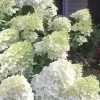

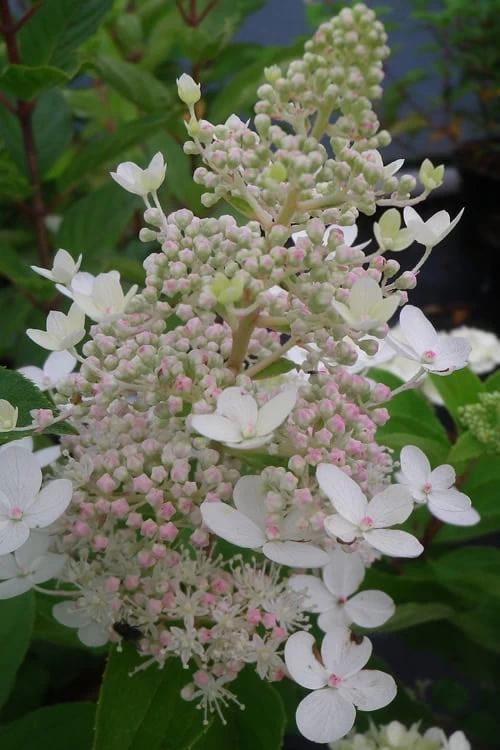

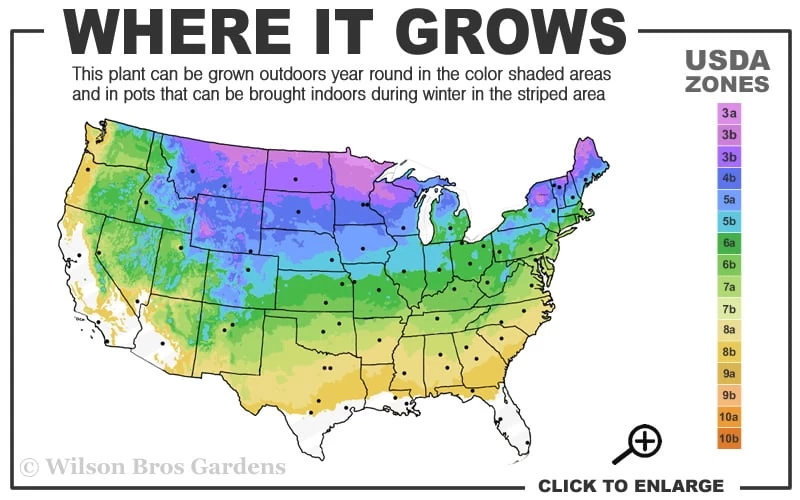




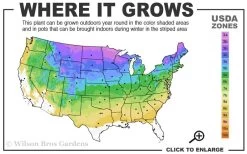
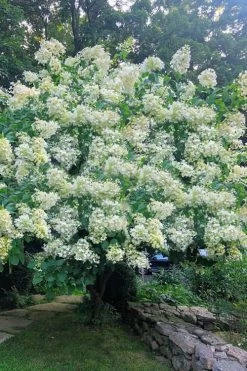

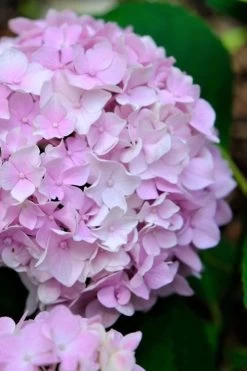

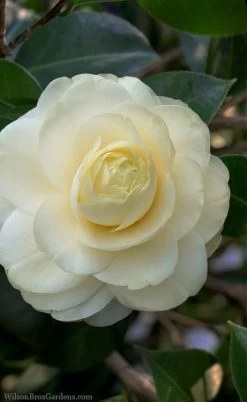

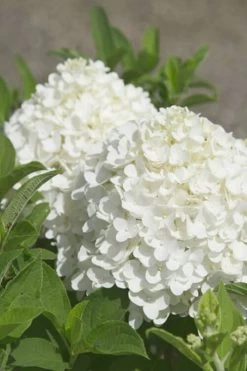

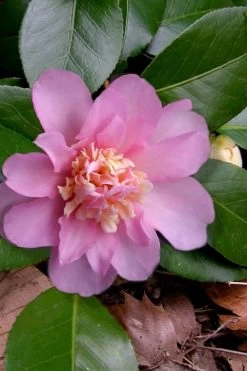
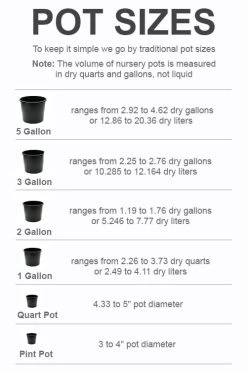
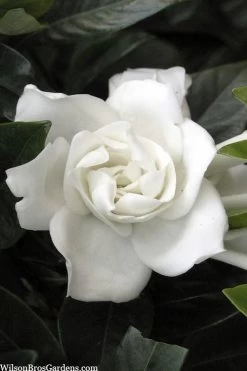

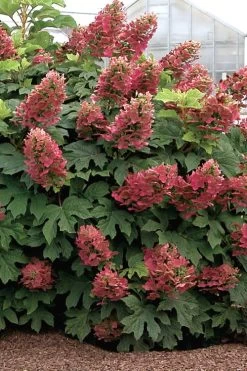
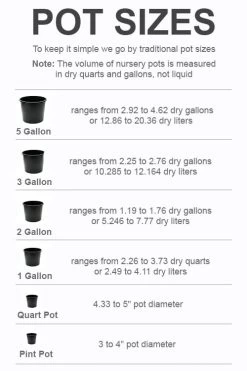
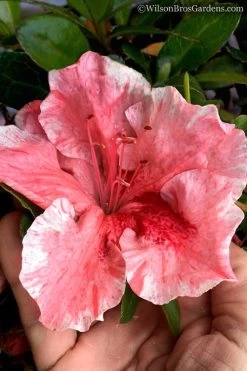
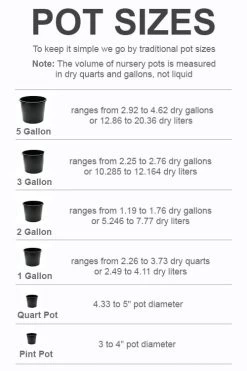
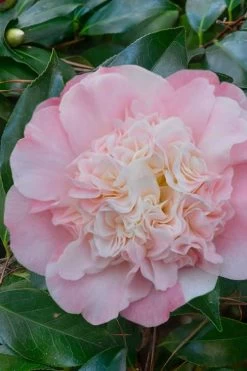

Reviews
There are no reviews yet.